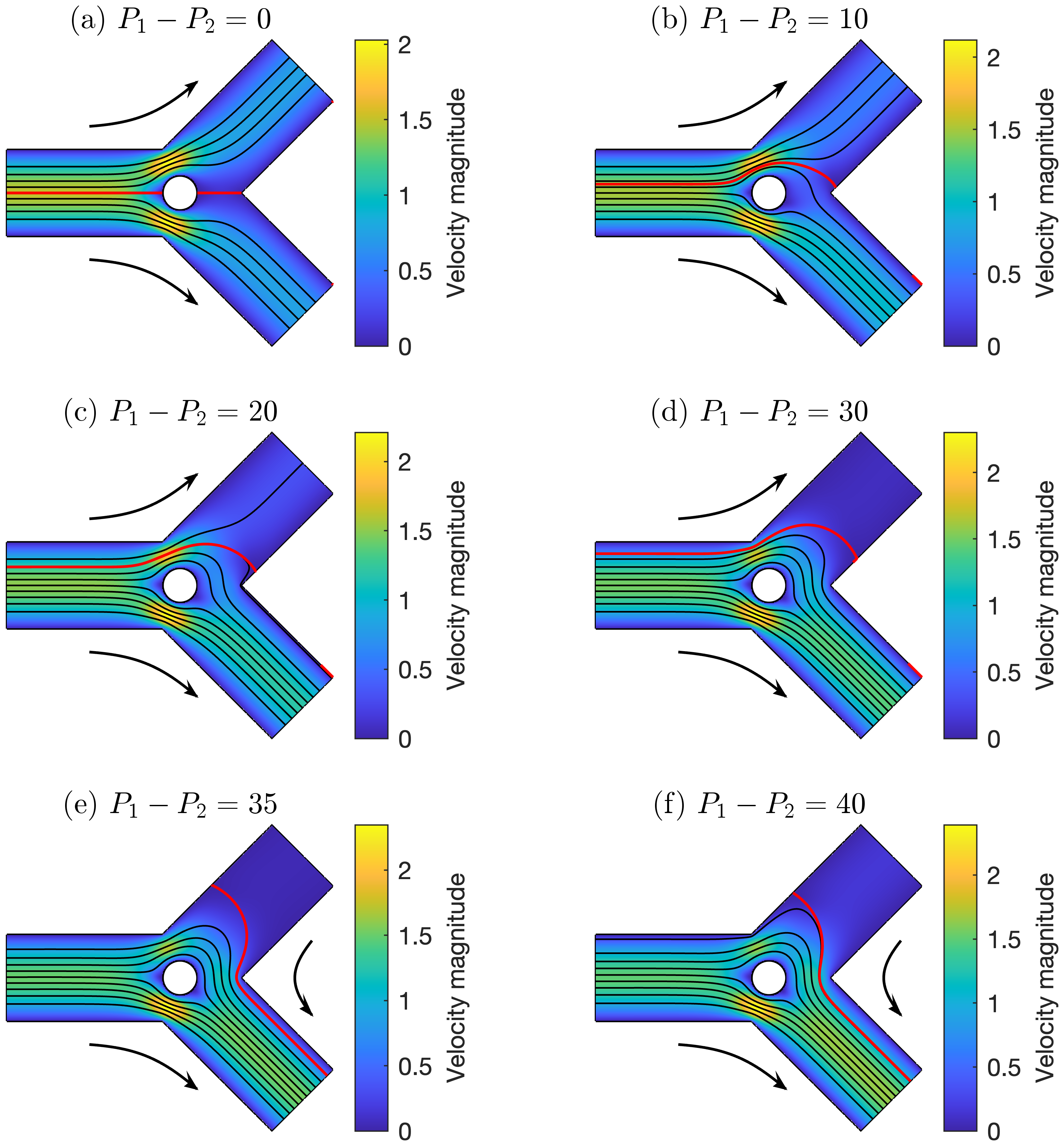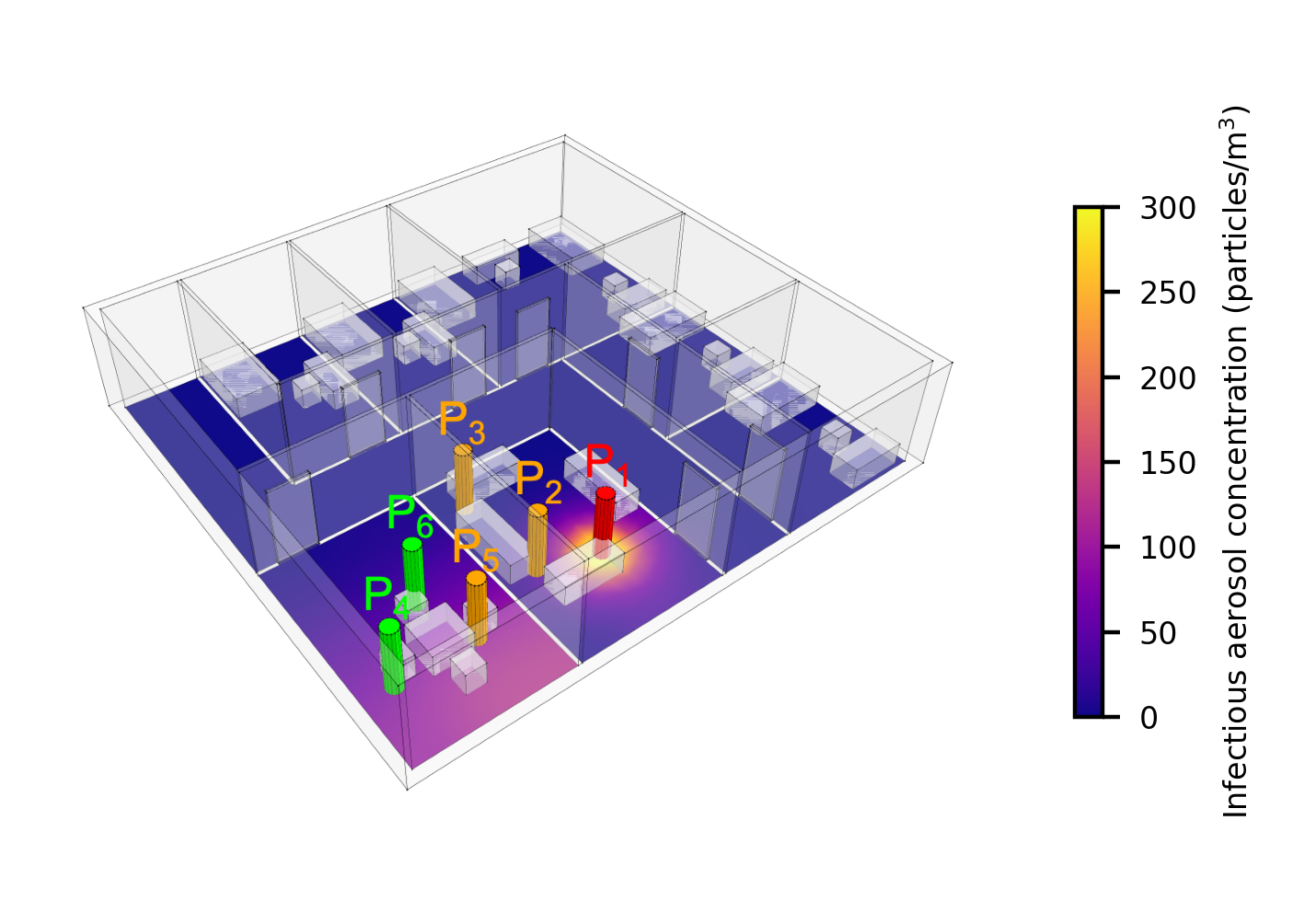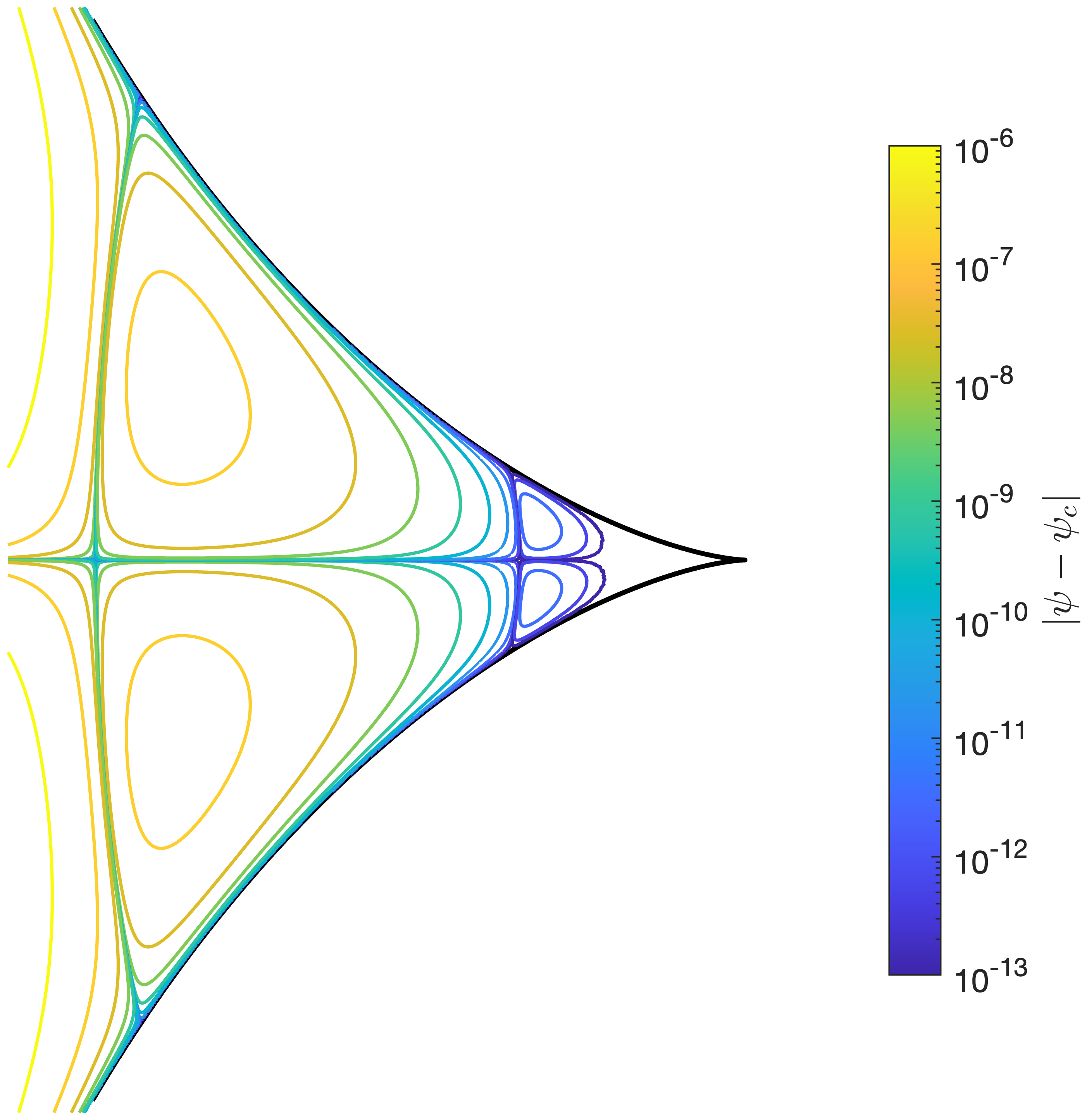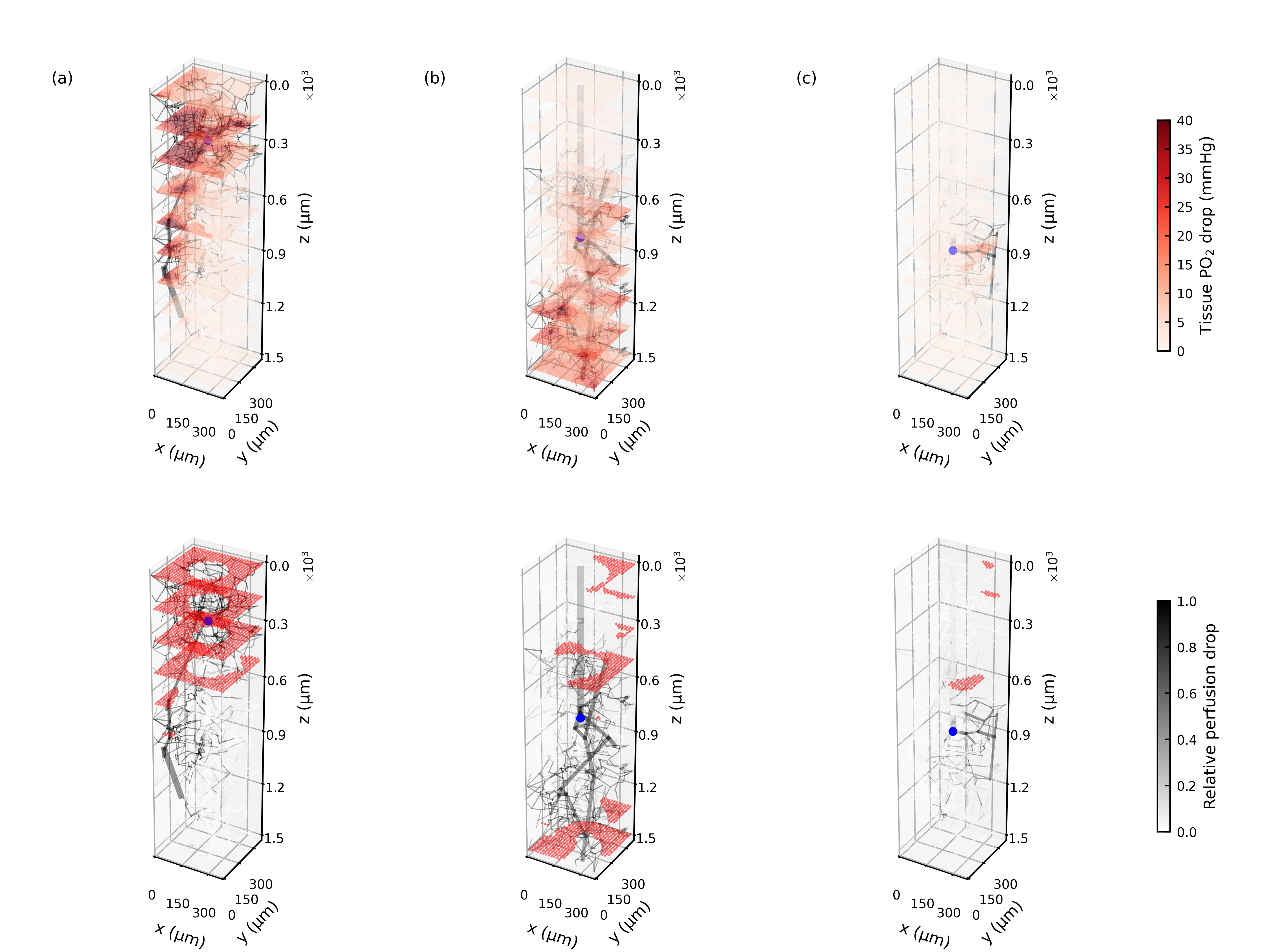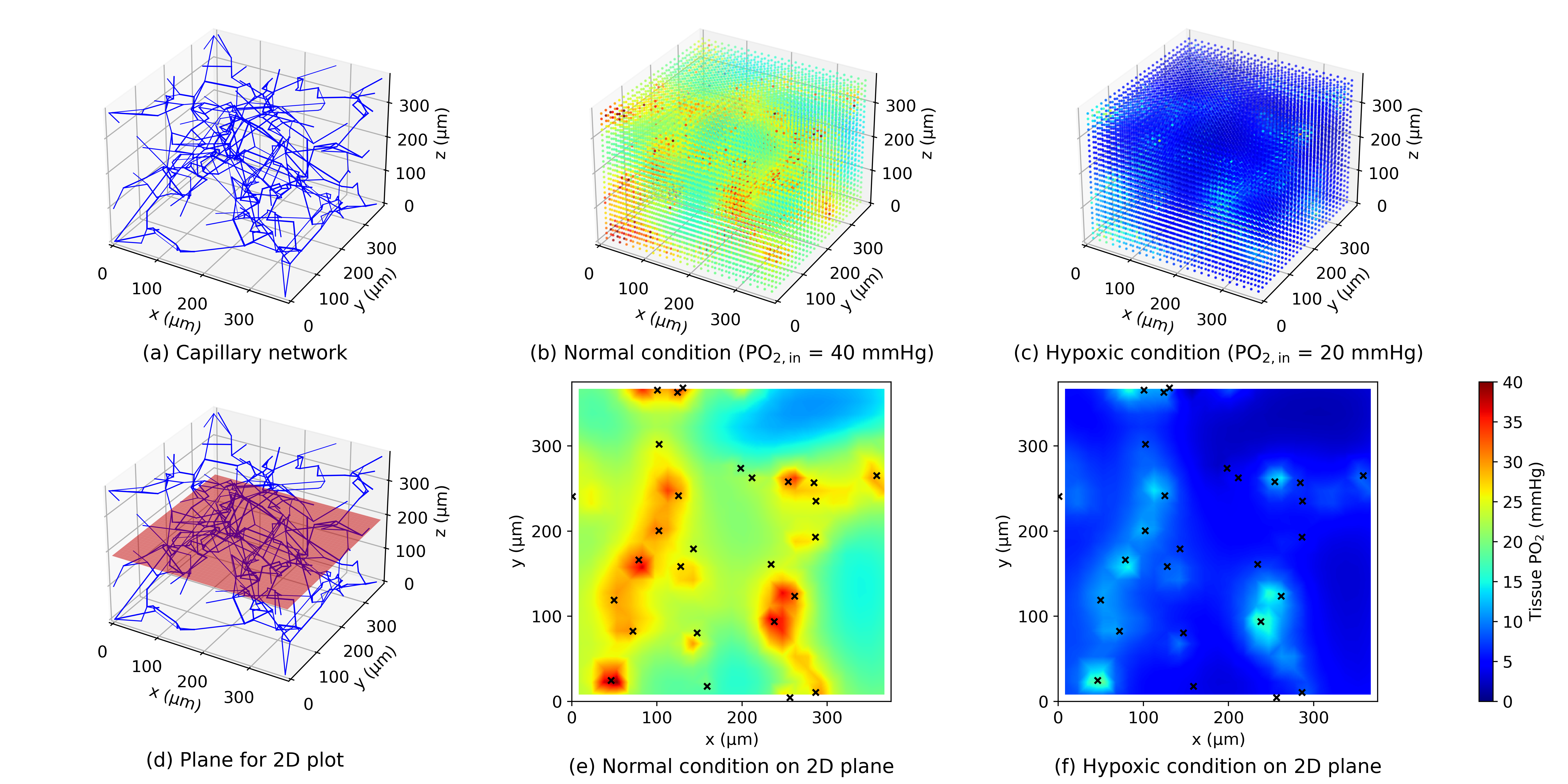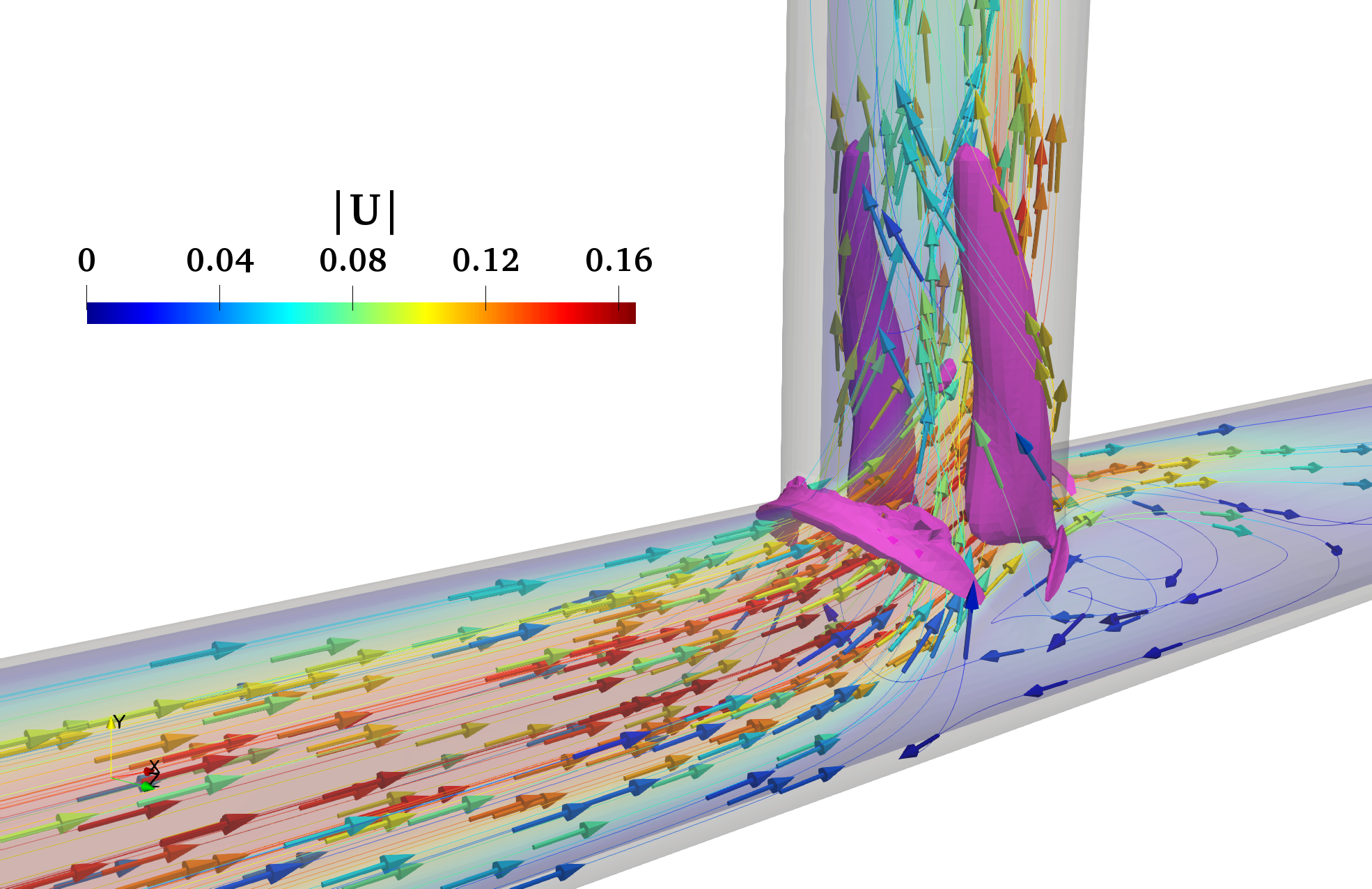Purpose: Atherosclerosis preferentially occurs near the junction of branching vessels, where blood recirculation tends to occur (Malek et al. in J Am Med Assoc 282(21):2035–2042, 1999, https://doi.org/10.1001/jama.282.21.2035). For decades, CFD has been used to predict flow patterns such as separation and recirculation zones in hemodynamic models, but those predictions have rarely been validated with experimental data. In the context of verification and validation (V&V), we first conduct a CFD benchmark calculation that reproduces the vortex detection experiments of Karino and Goldsmith (1980) with idealised branching blood vessels (Karino and Goldsmith in Trans. Am. Soc. Artif. Internal Organs 26:500–506, 1980). The critical conditions for the formation of recirculation vortices, the so-called critical Reynolds numbers, are the main parameters for comparison with the experimental data to demonstrate the credibility of the CFD workflow. We then characterise the wall shear stresses and develop a surrogate model for the size of formed vortices.
Methods: An automated parametric study generating more than 12,000 CFD simulations was performed, sweeping the geometries and flow conditions found in the experiments by Karino and Goldsmith. The flow conditions were restricted to steady-state laminar flow, with a range of inflow Reynolds numbers up to 350, with various flow ratios between the main branch outlet and side branch outlet. The side branch diameter was scaled relative to the main branch diameter, ranging from 1.05/3 to 3/3; and the branching angles ranged in size from to . Recirculation vortices were detected by the inversion of the velocity vector at certain locations, as well as by the inversion of the wall shear stress (WSS) vector.
Results: The CFD simulations demonstrated good agreement with the experimental data on the critical Reynolds numbers. The spatial distributions of WSS on each branch were analysed to identify potential regions of disease. Once a vortex is formed, the size of the vortex increases by the square root of the Reynolds number. The CFD data was fitted to a surrogate model that accurately predicts the vortex size without the need to run computationally more expensive CFD simulations.
Conclusions: This benchmark study validates the CFD simulation of vortex detection in idealised branching vessels under comprehensive flow conditions. This work also proposes a surrogate model for the size of the vortex, which could reduce the computational requirements in the studies related to branching vessels and complex vascular systems.


